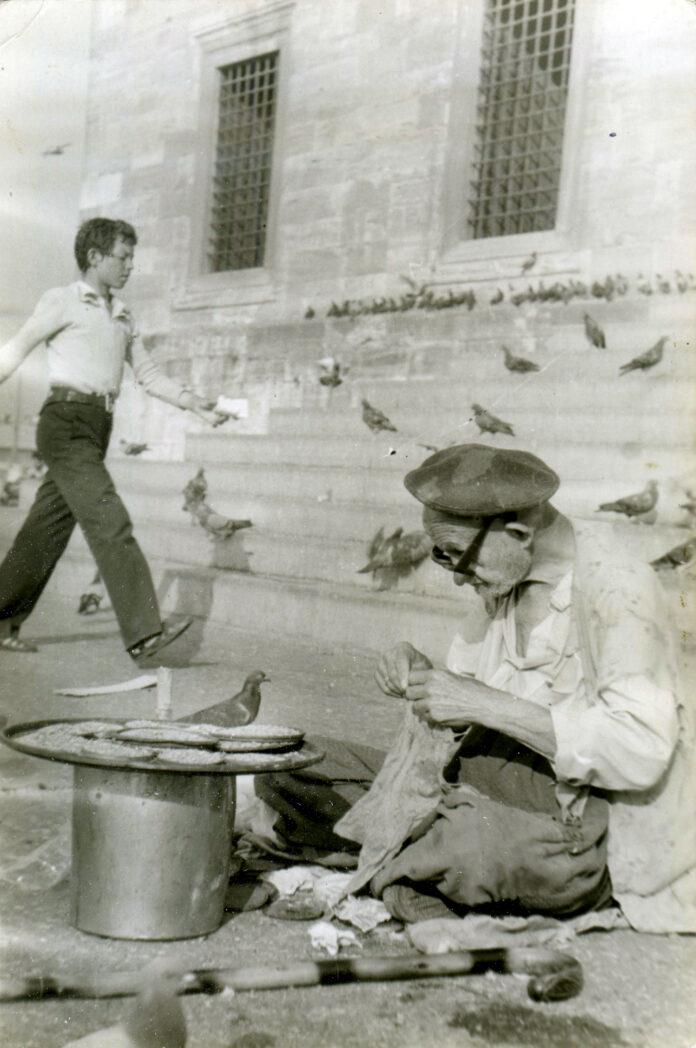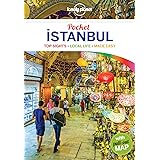Cover by Photograph Levent Ağaoğlu 1975
Fatih’in Sokakları’nda Tarihe Yolculuk / A Trip to History on Fatih Streets
Home is the area of privacy. The street is where the public space and the private space meet. Children start to recognize the public world on the street. Your first friendships are formed here. Games are played here. You encounter with other people here. You learn here how to be treat people and how to dress outside the house. You acquire a social
culture by cultural contact provided by this environment. That is why there are so many idioms in our language that start with “street”. Street is the place where many social events begin, and it is also an important place of art, literature, and cinema. From house to school, mosque, market, bazaar from here, we use streets. The relationship that individuals set up with the streets forms the basis of the belonging feeling.
As Max Weber put it, the street is the smallest unit of the city. The city is where culture and civilization are created. The cultural richness of Fatih, our city who has hosted three civilizations, is unquestionable in this sense. Each street of this ancient environment, which we call (everywhere in the area means culture) is a cultural memory with the experiences lived by people. Each of streets of Fatih is a work of art, in which almost every street is opened to a fountain, a mosque, a medrese (theological teaching unit), school, a library, tekke (small theological teaching unit), a church, a synagogue, a park and a square; is an area of dual atmospheres in which old plane trees shade and long cypress trees greet
the winds, inscriptions on tombs, each of a work of art, graveyard stones and invitations to prayer (ezan) from mosques adorn the enviroment. Our ancestors paid attention to these places that are effective in the formation of our cultural world, gave them a cultural identity by naming them. This may sometimes be the name of an important person who
lived for his life in a building on that street, a work that has been functioning there, or a celebrated event or a generally accepted famous and valued person.
The city enriches both its memory and culture with these names, as well as its local and general cultural integration. It helps the people who live in the environment to integrate the unity of space-people.
It draws attention to the depth in the background of the cultural history. Thus, the street creates the spirit of a unique space in which the past and the present. This sprit is a part of the city with its abstract and concrete dimension, what the inhabitants find what belongs to them on it. As the poet says, “the man resembles the place where he lived”, even if we are not aware of it, we gain the sprit of the area we live in. And since this is something observable from outside people of a certain area can be easily defined as “he is from this or that district.” Just as the name expresses individual identity, the place of living and the street represent spatial identity. The phenomenon called the city is the integrated
form of these identities.
Here we want to present these cultural veins of belonging feeling towards the city to interested individuals. We wanted to share these cultural values of Fatih, the capital of our civilization, created by our ancestors, who created it with care of jewellery dealer, with the curious ones.
On this point, we once again discovered that Fatih is a living, exceptional book. I would like to thank Haldun Hürel, our Professor in University, Hasan Suver, the Coordinator and everyone else who was involved in the preparation of this work. May God create good results from this work!
Mustafa Demir
Fatih Mayor





















